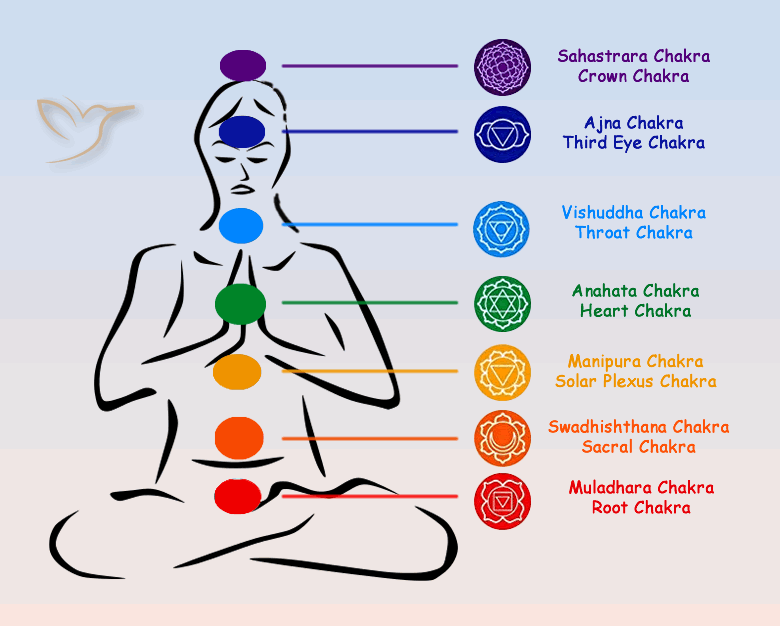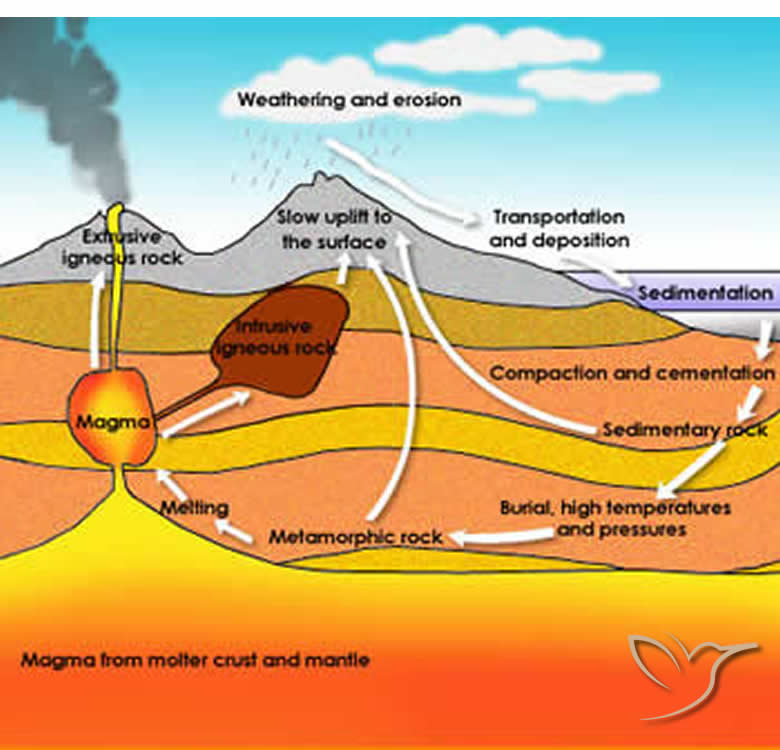Apatite Gemstone Information

Introduction
Picture this: a young boy digging in the sand near an old gold mine in Southern Madagascar uncovers a vibrant blue gemstone reminiscent of a crystal-clear swimming pool. Initial excitement hinted at a new source of the rare Paraiba Blue Tourmaline, typically from Brazil. But as it turned out, these gems were Apatite - previously more appealing to collectors than jewelers.
These blue Apatites earned descriptions like "neon" or "electric," closely mirroring the color of Paraiba Tourmalines from Brazil, which command sky-high prices for their stunning beauty and scarcity. Yet, these Apatites offered similar hues at a much lower cost, suddenly drawing attention from the gem world.
With a rating of just 5 on the Mohs hardness scale, Apatite isn't the toughest gem out there, which limits its popularity somewhat. Still, it's not overly fragile, and with thoughtful settings, it crafts remarkable jewelry. It shines in pendants, necklaces, and earrings - though creative jewelers can make it work in rings or bracelets too.
Apatite Colors

While the neon blues might steal the spotlight, Apatite appears in a full spectrum of colors, including green, brown, various shades of blue, yellow, violet, and even colorless.
As noted, the neon blue variety tops the demand list and often fetches higher prices. That said, some deep purple specimens from Maine in the northeastern United States are equally prized and valuable.
Apatite Species
Apatite refers to a group of similar minerals that are tough to differentiate, with lengthy, tongue-twisting names. That's why, outside scientific circles, we simply call them Apatites. Take "hydroxylapatite" as an example - good luck saying that five times fast!
This gem isn't particularly rare, but its mineral family is widespread. For centuries, the phosphate in Apatite has served as fertilizer, and it's the same substance that builds our bones and teeth.

Gem-quality Apatite, often fluorapatite, stands out by color - like green or yellow Apatite. Rarer types might be dubbed neon-blue Apatites for their Paraiba-like glow or Asparagus Stone for a unique green shade.

Some gemstones feature inclusions that reflect light to mimic a cat's eye effect. When this happens in Apatite, it results in the rare and striking cat's eye Apatite. Learn more about cat's eye apatite gemstones.

Apatite Clarity

Apatite suitable for jewelry is typically "eye-clean," meaning no visible flaws or inclusions from about 6 inches away. Translucent pieces or those with cat's eye effects are often shaped into cabochons for added appeal in designs.
Spiritual Meaning of Apatite
Apatite is regarded as a stone of manifestation, sharpening clarity and insight. It helps pinpoint barriers to goals and highlights personal growth hurdles.
By clarifying life's priorities, Apatite builds self-confidence, encouraging changes to reach aspirations. It sparks motivation while clearing away negativity and doubt.
Linked to phosphate - the building block of teeth, bones, and animal features like horns and hooves - Apatite ties into themes of animal conservation.
Disclaimer: Metaphysical and Alternative Crystal Healing Powers and Properties are not to be taken as confirmed advice. Traditional, Ceremonial and Mythological Gemstone Lore is collected from various resources and does not represent the sole opinion of SETT Co., Ltd. This information is not to replace the advice of your doctor. Should you have any medical conditions, please see a licensed medical practitioner. GemSelect does not guarantee any claims or statements of healing or astrological birthstone powers and cannot be held liable under any circumstances.
Apatite and the Chakras

Chakras are energy centers in the body, known as Qi or Prana. Seven exist, each tied to physical, emotional, or mental states.
These include Crown, Third Eye, Throat, Heart, Solar Plexus, Sacral, and Root. From Sanskrit for "wheel," each Chakra links to a color, and gems matching that color connect to it.
Chakras can become imbalanced; healing stones help realign them by color correspondence - red for Root, orange for Sacral, and so on.
Apatite's diverse colors align with various Chakras.
Without diving too deep, here's a quick overview of the Chakras:
- Crown Chakra
- Connects to the divine, located at the head's top.
- Third Eye Chakra
- Handles intuition, positioned between the eyes.
- Throat Chakra
- Aids communication, found at the throat.
- Heart Chakra
- Deals with love, centered above the heart.
- Solar Plexus Chakra
- Boosts confidence, in the upper abdomen.
- Sacral Chakra
- Relates to pleasure, below the navel.
- Root Chakra
- Manages security, at the spine's base.
Blue Apatite pairs with the Throat Chakra for throat health and better communication - like a boost for speeches. Yellow Apatite links to the Solar Plexus for energy and relationships. Green Apatite connects to the Heart Chakra, aiding healing. Discover apatite meaning powers and uses.
Disclaimer: Metaphysical and Alternative Crystal Healing Powers and Properties are not to be taken as confirmed advice. Traditional, Ceremonial and Mythological Gemstone Lore is collected from various resources and does not represent the sole opinion of SETT Co., Ltd. This information is not to replace the advice of your doctor. Should you have any medical conditions, please see a licensed medical practitioner. GemSelect does not guarantee any claims or statements of healing or astrological birthstone powers and cannot be held liable under any circumstances.
Health Benefits of Apatite
Given its makeup, Apatite supports bone and tooth health by aiding calcium absorption, and it may help with arthritis, joint swelling, osteoporosis, or rickets.
It benefits digestion, organs like the spleen and liver, boosts metabolism, and curbs appetite. Overall, it assists in fighting viruses.
We're no experts, but wearing Apatite jewelry keeps its influence close. Green for heart? Try a pendant. Blue for throat? A necklace works. Carry it, meditate with it, or place it at home for focus or relaxation.
For visions, tuck Apatite under your pillow. Cleanse by rinsing under water, visualizing negativity gone, then sun-dry briefly.
Disclaimer: Metaphysical and Alternative Crystal Healing Powers and Properties are not to be taken as confirmed advice. Traditional, Ceremonial and Mythological Gemstone Lore is collected from various resources and does not represent the sole opinion of SETT Co., Ltd. This information is not to replace the advice of your doctor. Should you have any medical conditions, please see a licensed medical practitioner. GemSelect does not guarantee any claims or statements of healing or astrological birthstone powers and cannot be held liable under any circumstances.
Apatite Price

Apatite Price List |
||
|
Color |
Weight range |
Price range / USD |
|---|---|---|
|
Blue |
up to 1ct |
$10 - 30/ct |
|
Blue |
1ct + |
$15 - 150/ct |
|
Paraiba Blue |
up to 1ct |
$15 - 40/ct |
|
Paraiba Blue |
1ct + |
$25 - 180/ct |
|
Green |
up to 1ct |
$5 - 15/ct |
|
Green |
1ct + |
$5 - 100/ct |
|
Yellow / Golden |
up to 1ct |
$10 - 20/ct |
|
Yellow / Golden |
1ct + |
15 - 80/ct |
|
Cat's Eye |
1ct + |
$5 - 50/ct |
Apatite's value hinges on hue, tone, and saturation. Neon or electric blues, akin to Paraiba Tourmalines, rank highest - yet cost far less. Explore our collection of apatite gemstones.
Green and yellow Apatites offer large sizes and facets with qualities rivaling pricier gems. Purple from Maine or yellowish-green Asparagus Stone also command premiums.
Clarity matters: Clear, faceted pieces outvalue cloudy ones. Size boosts value, especially rare large neon blues over 1 carat.
Cut is key - Apatite's softness challenges cutters, but a skilled shape maximizes its appeal.
Apatite Discovery
Apatite's makeup is fascinating, grouping minerals worldwide from calcium phosphate (like in teeth and bones) plus fluorine, chlorine, or hydroxyl - yielding varied colors. Read more details about apatite gemstone.
Ancient use was limited; few artifacts from the Middle East or Africa exist. Modern recognition came in 1786 from German geologist Gottlob Werner.
Often mixed up with peridot or aquamarine, Apatite's name derives from Greek "Apatao" (to deceive). Werner's initial classification shifted later to fluorapatite.
Where is Apatite Found?

Mineral Apatite is global, but gem-quality is rarer. Madagascar's neon blues, Paraiba-like, may dwindle, but Brazil offers similar finds.
Mexico yields yellows up to 20 carats; Spain provides Asparagus Stone. Maine supplies purple; green comes from Canada and elsewhere.
Top producers: Brazil, Canada, India, Madagascar, Mexico. East Africa's Kenya and Tanzania offer rare, large cat's eye Apatite.
How is Apatite Formed?

Apatite forms from organic remnants like bones and scales, mineralized over time - often near ancient water bodies.
It crystallizes in pegmatites across rock types as magma cools, filling cracks with mineral-rich fluids over eons.
Can Apatite Be Treated?
Apatite usually sees only cutting and polishing, but neon blues may undergo gentle heat for enhanced color - avoiding cracks from its softness.
At GemSelect, we disclose all treatments.
What Jewelry is Apatite Suitable For?
Apatite's colors shine, but its Mohs 5 softness suits low-impact pieces like earrings or pendants. For rings or bracelets, protective settings or recessed designs help.
Did You Know? Interesting Facts About Apatite
- Astronauts found Apatite in Moon rocks.
- Apatite preserves dinosaur bones.
- Fossils endure thanks to Apatite's role in preservation.
- It's the body's most abundant mineral, from calcium and phosphate.
- Salt's chlorine often starts as Apatite.
- That table salt? Likely Apatite-derived.
- Used in plasma TV screens.
- A 500-carat purple "Roebling" came from Maine's Pulsifer quarry.
- Home to top purple Apatites.
- Studied for nuclear waste storage.
- Some glow under light - fluorescence or luminescence.
How to Care for Apatite
Apatite's softness demands care: Remove for activities, avoid acids or heat. Clean with warm soapy water; store wrapped, away from harder gems.
How to Tell a Real Apatite?

Buy certified from trusted dealers. Apatite's deceptive nature (hence the name) confuses it with beryl or tourmaline - harder at Mohs 7.
Scratch tests help minimally; its vitreous luster and UV fluorescence aid checks. But fakes are rare given low cost - stick to reputable sources.
GemSelect offers reports from AIG, ICA GemLab, or BGL Lab.
Can Apatite Change Color?

Unlike some gems shifting dramatically (e.g., garnet from red to green), Apatite shows no such change.
What is So Special About Apatite?
Apatite crafts stunning gems; greens and yellows facet large with clarity rivaling costlier stones - yet remain affordable and available.
Mostly untreated, though neon blues may be heated for Paraiba-like intensity.
Colors vary: Madagascar blues lead, with Asparagus greens, Brazilian deep blues, Maine purples, and sparkling yellows. Rare mentions spark curiosity, and they substitute well for pricey Paraiba Tourmalines while standing strong on their own.
Apatite - Gemological Properties
|
Chemical Formula: |
Ca5(PO4)3(F,OH,CI) - Basic fluoro- and chloro-calcium |
|
Crystal Structure: |
Hexagonal, columnar, thick tabular |
|
Color: |
Colorless, pink, yellow, green, blue, violet |
|
Hardness: |
5 on the Mohs scale (defining mineral) |
|
Refractive Index: |
1.628 - 1.649 |
|
Density: |
3.16 - 3.23 |
|
Cleavage: |
Indiscernible, conchoidal fracture |
|
Transparency: |
Transparent to translucent |
|
Double Refraction or Birefringence: |
-0.002 to -0.006 |
|
Luster: |
Vitreous |
|
Fluorescence: |
Yellow apatite: purple to pink |
Frequently Asked Questions
What colors does Apatite come in?
Apatite appears in neon blue, green, brown, yellow, violet, and colorless varieties, with neon blues being the most popular.
Is Apatite suitable for everyday jewelry?
Due to its softness (Mohs 5), it's best for low-wear items like pendants or earrings, but protective settings allow use in rings.
Can Apatite be treated?
Most are untreated beyond cutting, but neon blues may receive gentle heat to enhance color.
Where is Apatite primarily mined?
Key sources include Brazil, Madagascar, Mexico, Canada, and Maine in the USA for various colors.
Does Apatite have spiritual significance?
It's seen as a manifestation stone, aiding clarity and motivation, but consult disclaimers for metaphysical claims.

